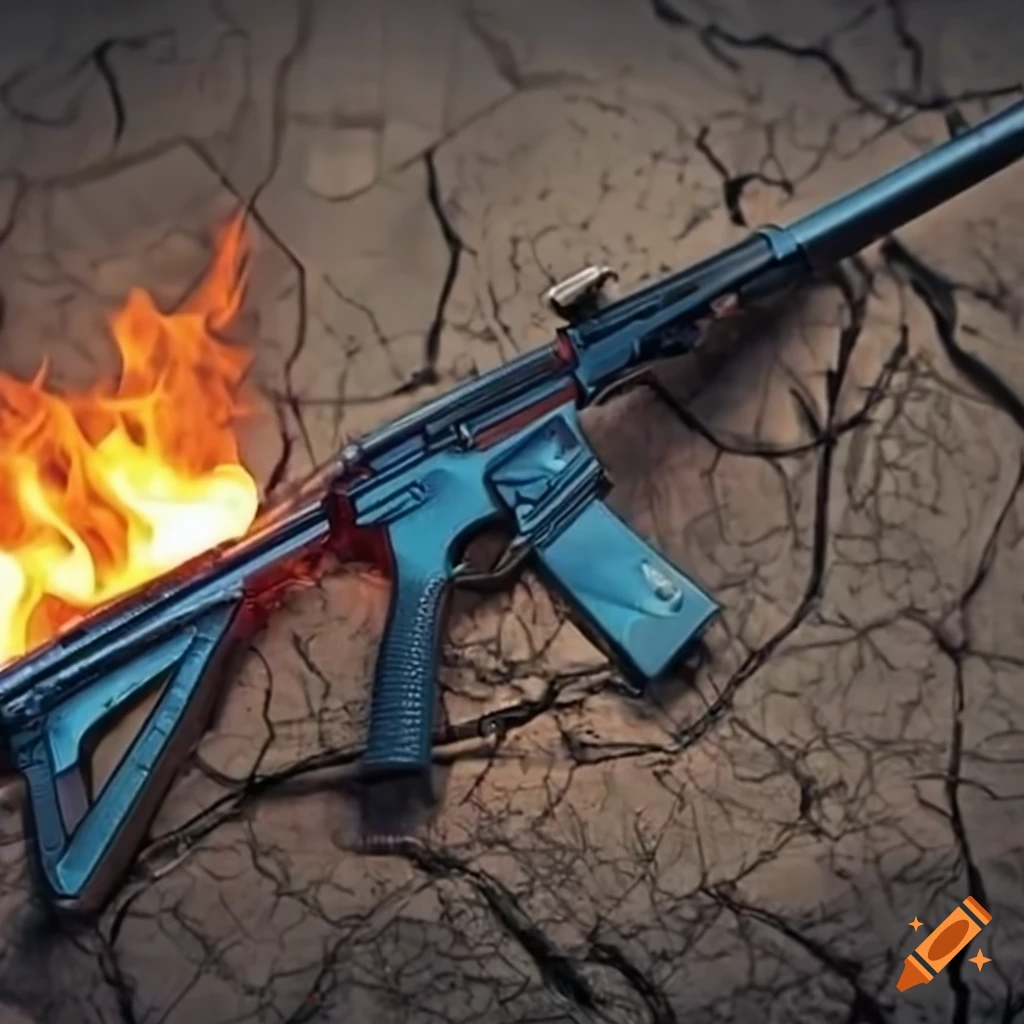 In the realm of firearm training, dry fire practice stands out as a fundamental and often underestimated method for honing shooting skills. Dry fire, the act of simulating the firing of a weapon without live ammunition, plays a pivotal role in building muscle memory, refining trigger control, and enhancing overall shooting proficiency. This article explores the significance of dry fire as an essential component in the development of shooting skills, emphasizing its impact on accuracy, speed, and the cultivation of a shooter’s mental discipline.
In the realm of firearm training, dry fire practice stands out as a fundamental and often underestimated method for honing shooting skills. Dry fire, the act of simulating the firing of a weapon without live ammunition, plays a pivotal role in building muscle memory, refining trigger control, and enhancing overall shooting proficiency. This article explores the significance of dry fire as an essential component in the development of shooting skills, emphasizing its impact on accuracy, speed, and the cultivation of a shooter’s mental discipline.
Building Muscle Memory and Trigger Control
One of the primary advantages of dry fire practice is its ability to build muscle memory, a crucial element in achieving consistent and precise shooting. By repetitively going through the motions of aiming, acquiring sight picture, and squeezing the trigger, shooters engrain these actions into their muscle memory. This results in smoother, more controlled movements when handling a firearm, translating to improved accuracy on the range. Additionally, dry fire allows shooters to focus intently on trigger control, mastering the delicate balance between applying pressure and maintaining a steady aim. This heightened awareness of trigger manipulation carries over into live fire scenarios, contributing significantly to shot placement and overall marksmanship.
Enhancing Speed and Efficiency
Dry fire drills provide a platform for shooters to refine their speed and efficiency in handling firearms. By eliminating the need for live ammunition, individuals can practice various shooting techniques without the constraints of recoil or ammunition management. This freedom allows for the repetition of movements and the development of a quicker, more streamlined process when engaging targets. As shooters become more adept at manipulating their weapons during dry fire sessions, the transition to live fire becomes more seamless, resulting in enhanced speed and efficiency without sacrificing accuracy.
Mental Discipline and Focus
Beyond the physical aspects of shooting, dry fire contributes significantly to the development of mental discipline and focus. During dry fire practice, shooters must maintain a high level of concentration to simulate real-world scenarios accurately. This mental engagement helps cultivate a shooter’s ability to remain calm, focused, and decisive under pressure. The importance of mental discipline is underscored in situations where split-second decisions can be a matter of life or death. Dry fire serves as a valuable tool for preparing individuals to navigate the psychological challenges inherent in self-defense or competitive shooting situations.
Cost-Effective Training Solution
In addition to its numerous benefits for skill development, dry fire practice offers a cost-effective training solution. Traditional live fire exercises can incur significant expenses due to the high cost of ammunition. Dry fire eliminates these costs, making it an accessible and affordable option for regular practice. This affordability encourages more frequent training sessions, allowing shooters to dedicate ample time to refining their techniques and maintaining peak performance without breaking the bank.
Conclusion
In the pursuit of mastering shooting skills, dry fire emerges as a fundamental and invaluable training tool. Its ability to build muscle memory, enhance trigger control, improve speed and efficiency, foster mental discipline, and offer a cost-effective training solution positions dry fire practice as a cornerstone of effective firearm training. Whether a novice or an experienced shooter, integrating regular dry fire sessions into one’s training regimen can lead to significant improvements in overall marksmanship and readiness for real-world scenarios.